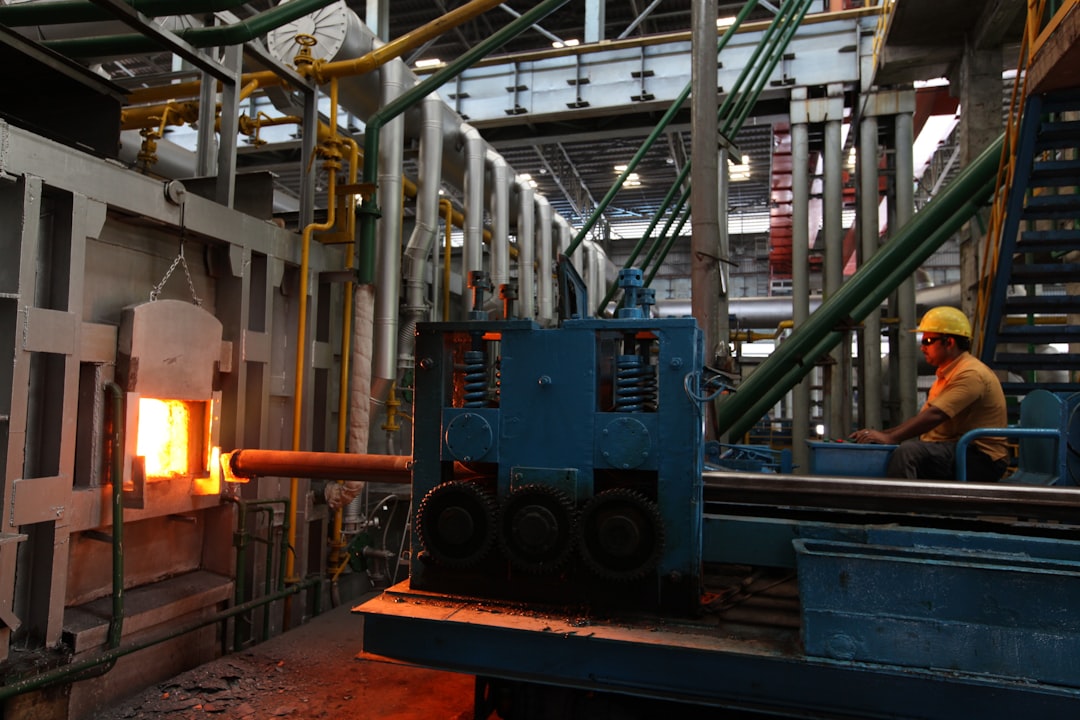body {
font-family: sans-serif;
line-height: 1.6;
}
h1, h2, h3 {
color: #333;
}
The steel industry is a significant contributor to global greenhouse gas emissions. Understanding and accurately reporting these emissions is crucial for driving decarbonization efforts and achieving climate goals. This comprehensive guide delves into the complexities of carbon emission reporting in the steel sector, providing clarity on methodologies, scopes, and the importance of transparency.
Understanding the Scopes of Steel Emissions
Reporting carbon emissions follows the widely accepted Greenhouse Gas Protocol, which categorizes emissions into three scopes:
- Scope 1: Direct Emissions: These are emissions directly from owned or controlled sources. In steel production, this includes emissions from coke ovens, blast furnaces, and other combustion processes within the steel mill itself. Accurate measurement relies on meticulous monitoring of fuel consumption, process efficiency, and fugitive emissions.
- Scope 2: Indirect Emissions from Energy Consumption: This encompasses emissions generated from the consumption of purchased electricity, heat, or steam. Steel mills often require substantial energy inputs, making Scope 2 emissions a significant portion of their overall footprint. Reporting requires detailed energy consumption data and information on the emission factors of the electricity grid supplying the plant.
- Scope 3: Indirect Emissions from the Value Chain: This is the most complex scope, encompassing emissions from activities across the entire value chain, both upstream and downstream. Upstream emissions include those related to raw material extraction (iron ore mining, coal mining), transportation of raw materials, and the manufacturing of purchased goods and services. Downstream emissions include those from the transportation and use of steel products by customers. Accurate Scope 3 reporting often requires collaboration with suppliers and customers, and the use of life cycle assessment (LCA) methodologies.
Methodologies for Accurate Emission Calculation
Accurate carbon accounting in the steel industry requires robust methodologies. Common approaches include:
- Tier 1: Market-based accounting: This involves using emission factors from publicly available databases, such as those provided by the Intergovernmental Panel on Climate Change (IPCC) or national environmental agencies. This is a simpler method, but may not be as precise as other approaches.
- Tier 2: Facility-specific accounting: This involves using emission factors that are specific to the steel plant’s operations and energy sources. This requires detailed data collection and analysis, leading to more accurate results. It involves measuring fuel consumption, energy usage, and process efficiencies within the plant.
- Tier 3: Process-based accounting: This is the most detailed method, requiring a comprehensive understanding of the chemical and physical processes involved in steelmaking. It involves detailed mass balance calculations and process modeling to determine emissions at each stage of production. This approach is crucial for identifying emission hotspots and opportunities for reduction.
Data Collection and Verification: Ensuring Accuracy
Accurate carbon emission reporting depends heavily on reliable data collection. This involves:
- Establishing a robust data management system: This system should track energy consumption, fuel usage, raw material inputs, and production outputs. Data should be collected regularly and consistently.
- Implementing monitoring and measurement techniques: This includes using various instruments to measure emissions directly from sources, such as stack monitors for greenhouse gases.
- Employing third-party verification: Independent verification by accredited bodies provides assurance of the accuracy and reliability of the reported emissions. This enhances transparency and builds trust among stakeholders.
The Importance of Transparency and Disclosure
Transparent and accurate carbon emission reporting is crucial for several reasons:
- Investor confidence: Investors are increasingly demanding transparency on environmental, social, and governance (ESG) factors, including carbon emissions. Accurate reporting builds trust and attracts responsible investments.
- Regulatory compliance: Many jurisdictions are implementing carbon reporting regulations, making accurate reporting a legal requirement.
- Stakeholder engagement: Openly communicating emission data allows for informed dialogue with stakeholders, including customers, communities, and NGOs, fostering collaboration on decarbonization strategies.
- Benchmarking and improvement: Accurate emission data allows steel producers to benchmark their performance against industry peers and identify areas for improvement.
Driving Decarbonization through Reporting and Innovation
Carbon emission reporting is not just about compliance; it’s a crucial tool for driving decarbonization. By identifying emission hotspots, steel producers can target areas for improvement through technological innovation and operational efficiencies. This includes investing in low-carbon technologies such as hydrogen-based steelmaking, carbon capture and storage (CCS), and renewable energy sources. Continuous monitoring and reporting are essential to track progress and demonstrate commitment to reducing the industry’s environmental impact.
Conclusion: Accurate and transparent carbon emission reporting is vital for the steel industry’s transition to a low-carbon future. By embracing robust methodologies, investing in data management systems, and fostering collaboration across the value chain, steel producers can play a key role in mitigating climate change.
Tags: Carbon emissions, Steel industry, Greenhouse gas reporting, Scope 1 2 3 emissions, Decarbonization, Sustainability, ESG reporting




